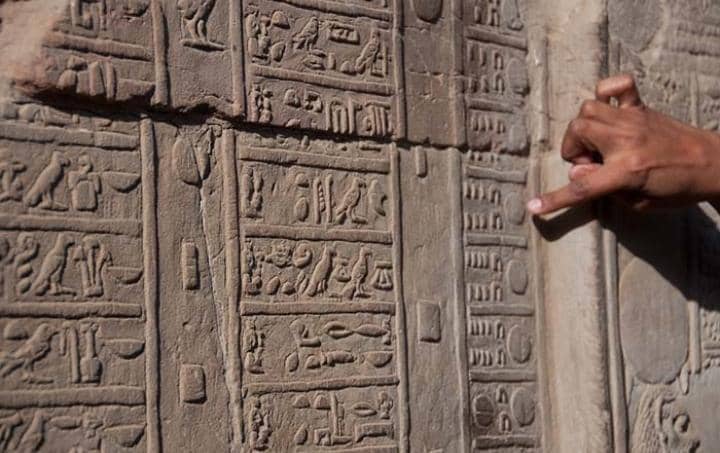The ancient Egyptians, known for their remarkable achievements in various fields, made a significant contribution to the development of calendars.
Around 2500 BC, during the reign of Pharaoh Shepseskaf of the Fourth Dynasty, they introduced a revolutionary solar calendar that divided the year into 365 days. This calendar was a remarkable feat of observation and calculation, as it allowed them to accurately predict the annual flooding of the Nile River, which was crucial for their agricultural success and the development of their civilization.
The Egyptians recognized that the Nile’s flooding was a reliable and predictable event, occurring at roughly the same time each year. By closely observing the heliacal rising of the star Sirius (known as Sothis in ancient Egypt), which coincided with the average onset of the Nile flood, they were able to establish a link between the celestial event and the flooding.
This observation, combined with their understanding of the solar year, led to the creation of the 365-day calendar.
The calendar was divided into 12 months of 30 days each, with an additional five days added at the end of the year to complete the 365-day cycle. These five days were celebrated as the birthdays of the gods Osiris, Horus, Set, Isis, and Nephthys.
The months were further divided into three seasons, each consisting of four months: Akhet (inundation), Peret (emergence), and Shemu (low water).
The introduction of the 365-day calendar was a remarkable achievement, as it allowed the Egyptians to accurately predict the Nile’s flooding and plan their agricultural activities accordingly.
This, in turn, led to the development of a stable and prosperous society, as the Egyptians were able to produce reliable food surpluses and engage in trade with neighboring civilizations.
READ MORE: The Wonders of the Ancient Egyptian Pyramids
However, the 365-day calendar was not without its flaws. Over time, it became apparent that the calendar year was slightly shorter than the actual solar year, resulting in a gradual shift of the seasons.
This discrepancy led to the development of a second lunar calendar, which was used for religious purposes and kept in general agreement with the civil calendar through the intercalation of months.
Despite its limitations, the 365-day Egyptian calendar remains the ingenuity and scientific prowess of the ancient Egyptians.
It served as a foundation for the development of more sophisticated calendars in later civilizations and continues to be studied by scholars today as a remarkable example of early human innovation and problem-solving.

